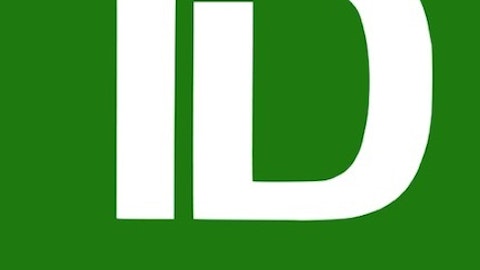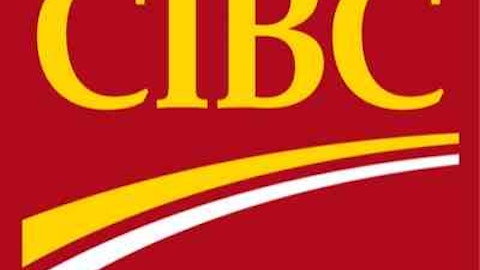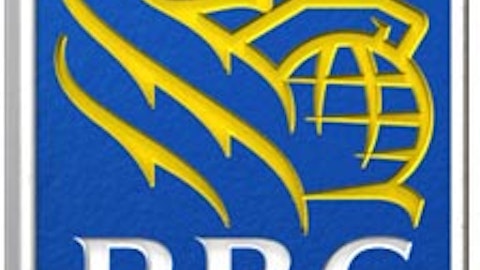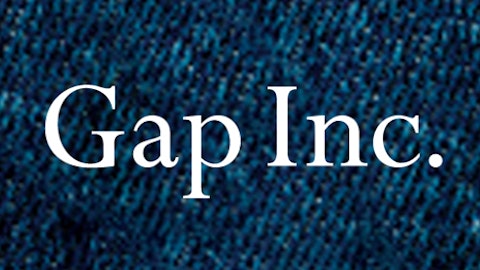Core equity capital consists mainly of shareholder’s equity and disclosed reserves. In this situation, shareholders equity represents the total amount that investors have placed in the firm (via purchasing shares and bonds), not the equity amount listed on the balance sheet. Bank reserves are pretty simple.
Risk weighted assets are what is being measured against core equity capital. Calculation of RWA requires assignment of a risk factor to all tangible assets on the balance sheet (with a few small exceptions, for example equity interest in a subsidiary having nothing to do with banking).
The scale ranges from 0% to 100%. Assets that are essentially without risk, for example cash and U.S. government backed securities, are assigned a 0% risk factor. Incredibly risky assets like unsecured loans are assigned a risk factor of 100%. Only assets with a risk factor above 0% contribute towards the risk weighted asset total.
I may have massively oversimplified things, but some of the nuances of this formula, to me at least, seem pointlessly complex. I hope you were able to achieve a basic understanding (which was as far as I got) of this ratio that has become a prominent metric for evaluating banks. Here’s how Canada’s big five compare with Wells Fargo in tier 1 capital ratio.
| RY | BMO | TD | BNS | CM | WFC | |
| Tier 1 Capital Ratio | 9.1% | 9.7% | 8.8% | 8.2% | 12.2% | 8.39% |
The top tier 1 ratio belongs to the Canadian Imperial Bank of Commerce. Who would’ve guessed that the smallest of the big five would outperform the mighty Wells Fargo?
Recent developments
In the past few months, each of these Canadian banks have taken steps to ensure solid performance in the coming years:
In the second quarter of 2013, Toronto-Dominion Bank (USA) (NYSE:TD) purchased the credit card portfolio, containing nearly $6 billion in loans, of Target Corporation (NYSE:TGT). That acquisition no doubt contributed towards its YoY earnings growth of 6%.
Royal Bank of Canada (USA) (NYSE:RY) has taken a stand against high frequency trading, an activity that is anathema to true investors. Executives at the bank recently announced plans for a new exchange in Canada that be constructed in a way as to be less hospitable to high frequency traders than the TSX. As an investor and not a trader, I applaud when companies do things like that. It speaks of the bank’s desire to do what’s best for its customers, not what will generate profits the fastest, which in the long run will pay off for the bank in terms of an enhanced reputation.
In April, the Canadian Imperial Bank of Commerce significantly expanded its American wealth management operations via the acquisition of Atlantic Trust Private Wealth Management for $210 million. Not a gigantic acquisition by any means, but it is in line with the bank’s strategy to seek, as promulgated by CEO Gerald McCaughey, “gradual acquisitions of moderate size.” No Autonomy-like fiasco should ever hit this bank.
Final Foolish thoughts
Investors looking for a bank to invest in should look no further than Canada. In terms of tier 1 capital ratio all but one of the “big five” have a higher ratio than Wells Fargo, a bank that is always near the top of the class when stress testing time arrives. In terms of average ROE for the past half decade they all have left Wells Fargo in the dust.
Many investor’s are afraid that incredibly low interest rates coupled with climbing consumer debt levels will inevitably lead to a bursting housing bubble in Canada’s future. But I still see these banks, with strong records of financial prudence and stability, as being better investments than the vast majority of their American counterparts.
In addition, several of these banks have taken significant steps to increase American exposure, notably Toronto-Dominion Bank (USA) (NYSE:TD) and the CIBC.
Personally, my favorite bank of the big five right now is the CIBC. It has the largest dividend yield, and the lowest percentage of quarters in which it missed a payment. It also had the highest ROE figure (most recently) and tier 1 capital ratio. If a crisis hits Canada, the CIBC will be well equipped to handle itself.
My personal preference aside, right now I don’t think you can really go wrong with any of the banks in Canada’s big five.
The article Thinking About Buying a Bank? Consider Canada originally appeared on Fool.com and is written by Ryan Palmer.
Ryan Palmer has no position in any stocks mentioned. The Motley Fool has no position in any of the stocks mentioned. Ryan is a member of The Motley Fool Blog Network — entries represent the personal opinion of the blogger and are not formally edited.
Copyright © 1995 – 2013 The Motley Fool, LLC. All rights reserved. The Motley Fool has a disclosure policy.



